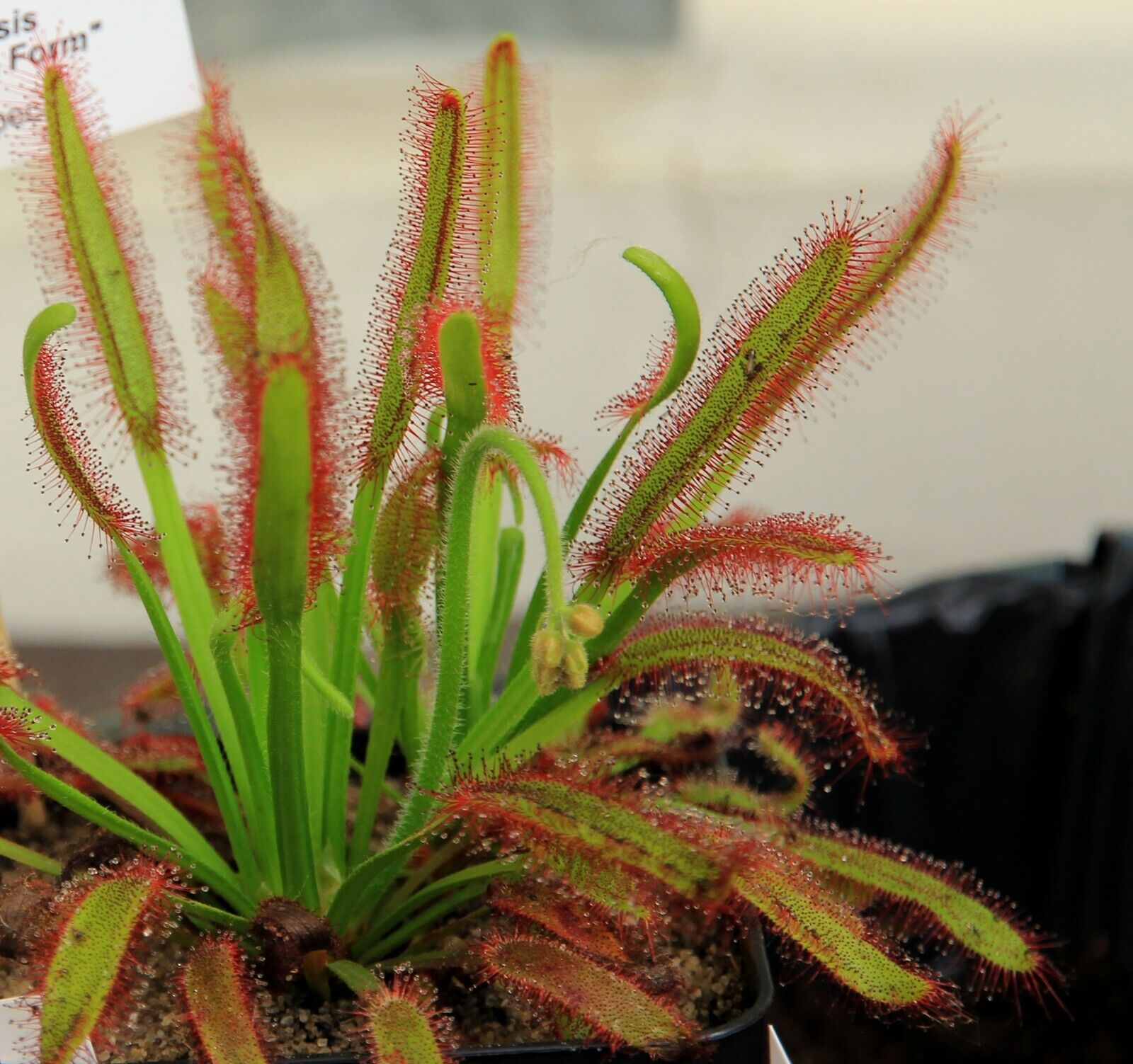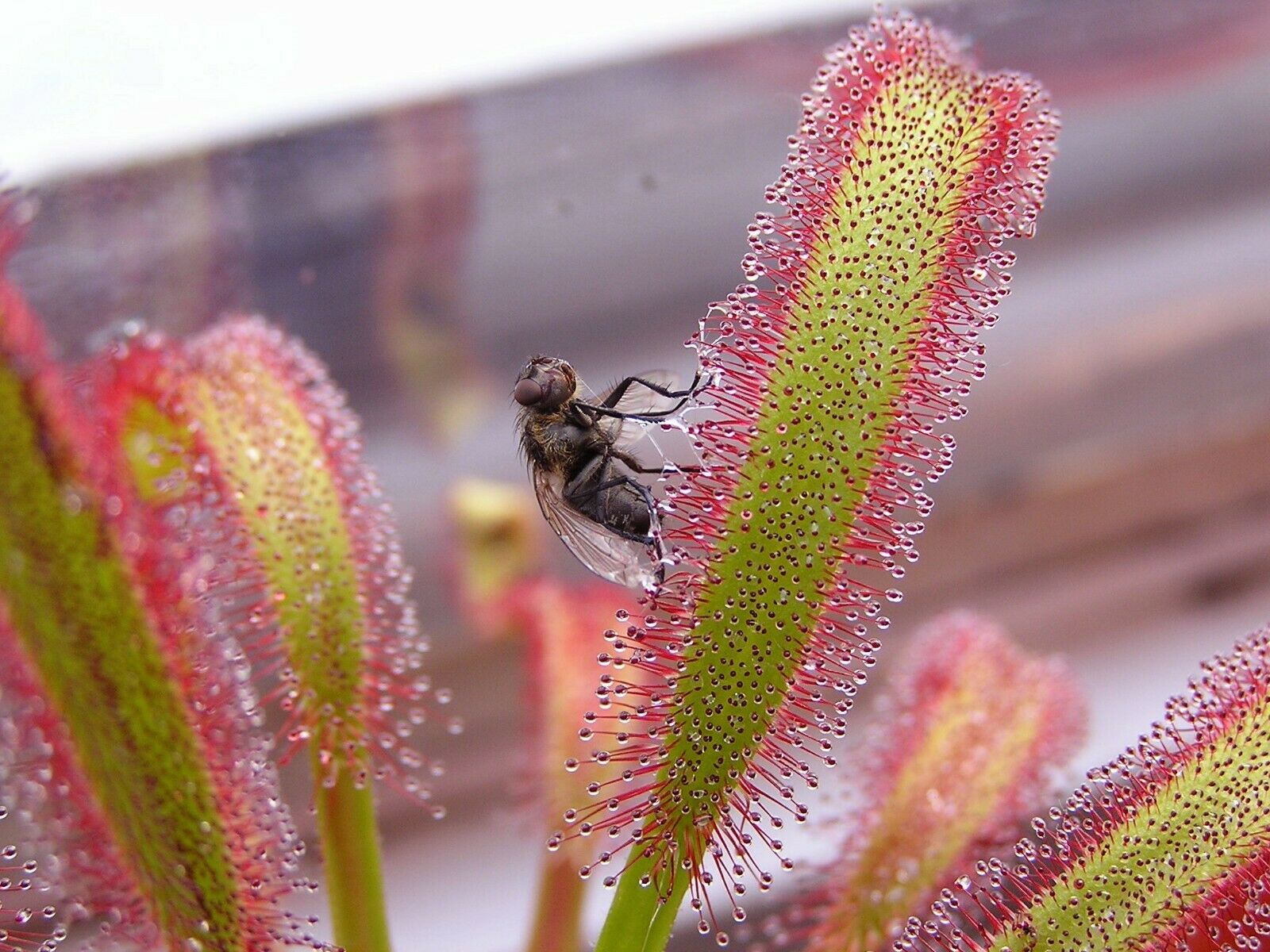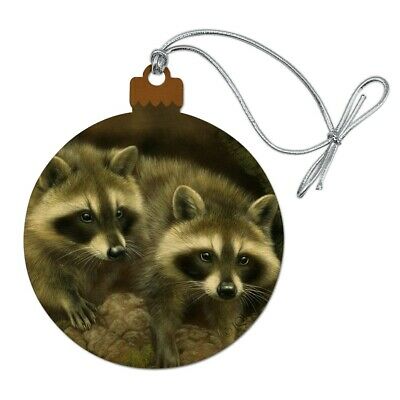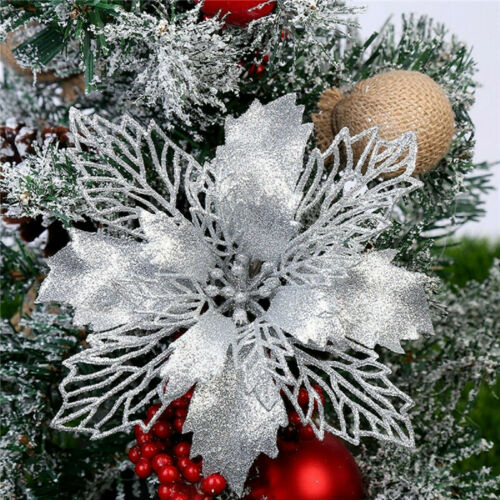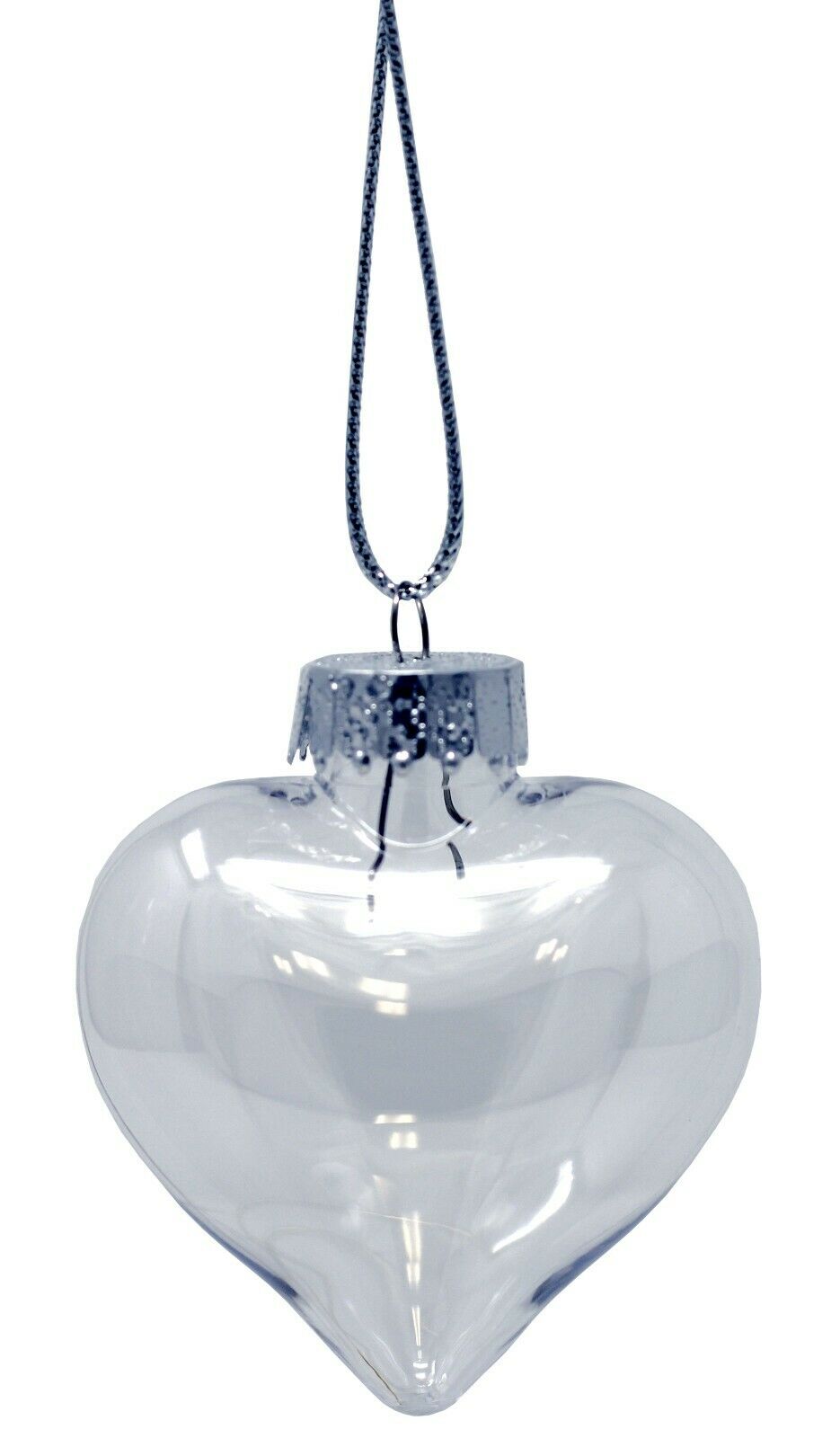-40%
Drosera Capensis * Cape Sundew * Carnivorous Plant * 10 Rare Seeds *
$ 1.57
- Description
- Size Guide
Description
THIS LISTING IS FOR 10 SEEDS OF DROSERA CAPENSISDrosera capensis, or Cape Sundew, is a very easy sundew to grow. It is native to the Cape region of South Africa.
They are perennial, with a stem of 8-14 inches high and linear leaves tapered toward the base.
The leaves are densely covered with hairs that secrete a sticky sap that attracts insects.
The hairs cover the top surface of the leaves and provide a moist appearance that is irresistable to insects.
Once an insect is trapped on a leaf, the leaf curls around the insect.
Drosera secretes digestive enzymes into this mix when it detects an insect and this continues until the insect is liquified and its soluble contents digested.
It is one of the easiest of the Drosera to grow.
The active tentacle traps of 4 cm length and 8 mm wide are quite beautiful. Tentacles are coloured in red if the plant is under the sun.
The plants bloom in the Fall with scapes that have numerous, 6 to 20, small pinkish flowers up to 1 cm long.
The flowers are self-pollinating, and when seedpods dry they produce hundreds of viable seeds.
Hardiness zones 8-10, (1°C/35°F, -10°C/15°F) in Winter. They should be grown in bright light, but with protection from full midday sun.
In cloudy coastal areas, artificial light is preferable. Pale stringy growth indicates more light is needed and a healthy plant will have red on the tentacles.
Temperatures should be kept between (20°C/25°C, 68°F/76°F). They grow well in a standard peat moss/sand which can be anything from 50% to 70% peat moss.
There's no need to fertilize, as the plant relies on insects for food.
The humidity should be between 60-80%. Water must be distilled or rain water because they do not tolerate city or hard water.
It is a good idea to place a pie pan or large saucer, with about an inch of water in it, under the pot.
This one prefers slightly drier conditions than most, so it's advisable to let the water tray dry out before refilling.
Elevate the pot by placing pebbles under it so that the base of the pot is barely in contact with the water, not submerged; the growing medium must stay moist, but never soggy.
This will keep the humidity around the plant higher and it will ensure that the plant has a constant source of moisture.
During the Winter months, water should be alternated between wet and dry periods.
